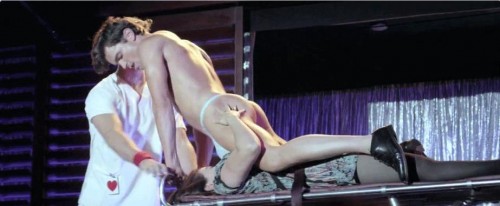Cross-posted at The Huffington Post.
Last week I posted about our college President’s suggestion that he is disinclined to believe students who report sexual assault. In response to this, and a series of other problems with our sexual assault policy, the Occidental Sexual Assault Coalition is filing a federal complaint with the Office for Civil Rights and a Clery Act complaint. No longer confident that our President and his administration will agree to implement the best practices for reporting and adjudicating sexual assault, faculty and students are turning to external mechanisms.
These seem like extraordinary measures, but I want to be clear that there is nothing extraordinary about the number of sexual assaults or the mishandling of reports by the Occidental administration. Occidental is no more or less unsafe than the vast majority of residential colleges and universities around the country. College attendance is a risk factor for sexual assault — it raises the likelihood that a person will be a victim of an attempted or completed assault — and Occidental is no different in that regard.
Instead of a sign that Occidental has a uniquely broken system, the activities on campus reflect a commitment to making the college a nationwide model. You see, we do believe that Occidental is different than other colleges. It’s extraordinary. And we’re committed to holding it to a higher standard. We want Occidental to usher in a new era of sexual assault policy and improved campus sexual culture. There will be a day when honest, transparent, and fair reporting and adjudication of sexual assaults will be the norm. When that happens, the approach we find on essentially all college campuses today — a high rate of non-report, pressure on victims to stay quiet, sloppy and biased adjudication, and suppression of sexual assault data — will be considered backward, inhumane, and unjust. That day is coming, and we want Oxy to get there first.
Photo credit: Chris Ellis and the Occidental Weekly.
Lisa Wade, PhD is an Associate Professor at Tulane University. She is the author of American Hookup, a book about college sexual culture; a textbook about gender; and a forthcoming introductory text: Terrible Magnificent Sociology. You can follow her on Twitter and Instagram.







